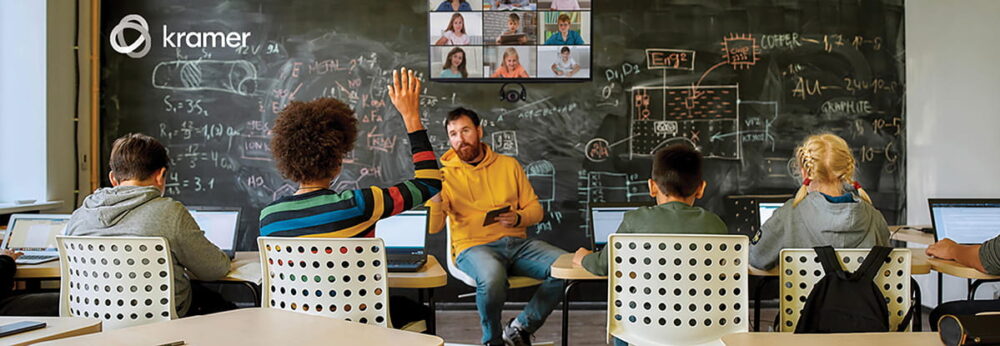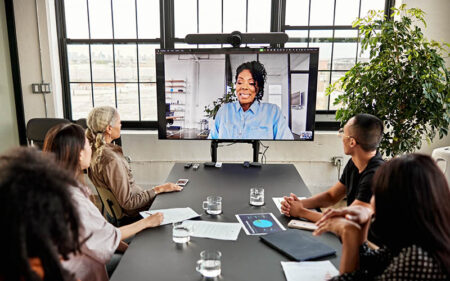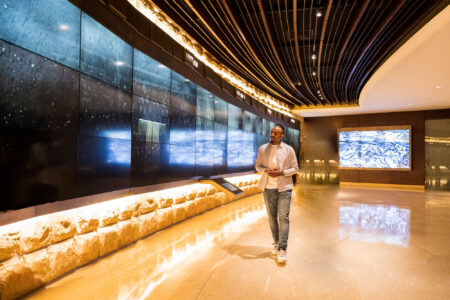February 8, 2022
Who does the classroom belong to?

When it comes to K-12 education, there is consensus on the basics. We all learn to read and write. Plus, there’s science class, gym, some civics studies, and more.
I always knew that the curriculum differs from country to country. But the more I travelled around the world, the more I learned that there is another substantial distinction between education systems that I had never thought of before –who the classroom belongs to.
Teachers vs. kids – Who moves around?
Having grown up in Israel, it seemed obvious to me that kids stay in the same room all day, while teachers circulate between the classrooms. The same model is widely used in many countries across the globe: Australia, India, Germany, and China. That is why I was surprised to learn that things are done differently in other places. For example, teachers stay in their permanent room in the US, and students come to them

How it works
In places where teachers move around, they must bring all their resources and equipment with them. It is not just about having their pens and teaching notes in hand. In today’s increasingly technologically empowered classrooms, teachers must use various electronic devices and systems to share their content and allow students to share their own. Due to the new normal, teachers also need to accommodate a hybrid learning environment – with some students in-room, and others participating remotely.
Teachers’ main challenges
Busy teachers have enough to deal with: planning lessons, marking students’ work, conveying information, imparting skills, and discipline. They are simply too short of time to juggle multiple operating systems and struggle to connect different devices in the first 15 minutes of every class.
How can we help
When planning the installation of AV technology in an educational space, it is vital to accommodate teachers’ needs. While speaking with educators, I realized that teachers are really looking to simplify the process of operating technology in every classroom, whether they stay in place or move around. No hassles, no complications.

Based on my observations, three key takeaways can contribute to streamlining the technology in any given school:
1. Maximize automation: Enabling teachers to press just one button to get all the technology working for them saves time and irritation at the beginning of every class.
2. Offer BYOD (bring your own device) functionality: Making it possible for teachers to use their own familiar devices such as tablets, laptops and cell phones makes both lesson planning and delivery easier.
3. Provide remote troubleshooting and management of the spaces: Ensuring a smooth and continuous teaching environment is essential for efficiency and peace of mind.
In other words, the goal really is to make a tech-enabled space the teacher’s best friend!
To summarize, the question ‘Who does the classroom belongs to’ significantly impacts its management. Streamlining technology is critical to empowering teachers, whether they teach in the same room all day or move around.
Now I am curious how this works in your country or school.
Please share your thoughts below.
Sefi Aharon is the Director of Education Markets Development at Kramer, leading the Product Team for audio-visual applications in the Education market.








